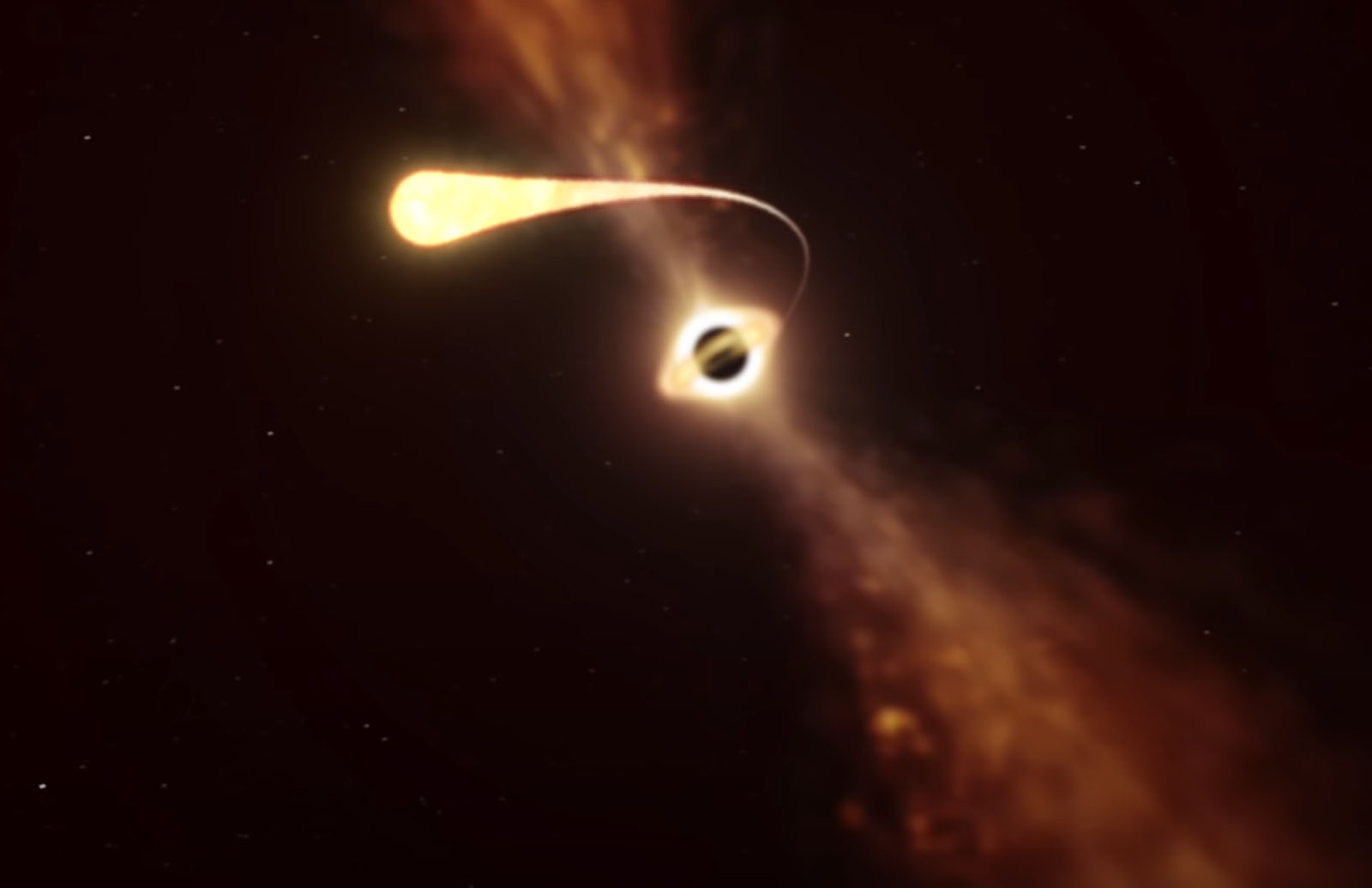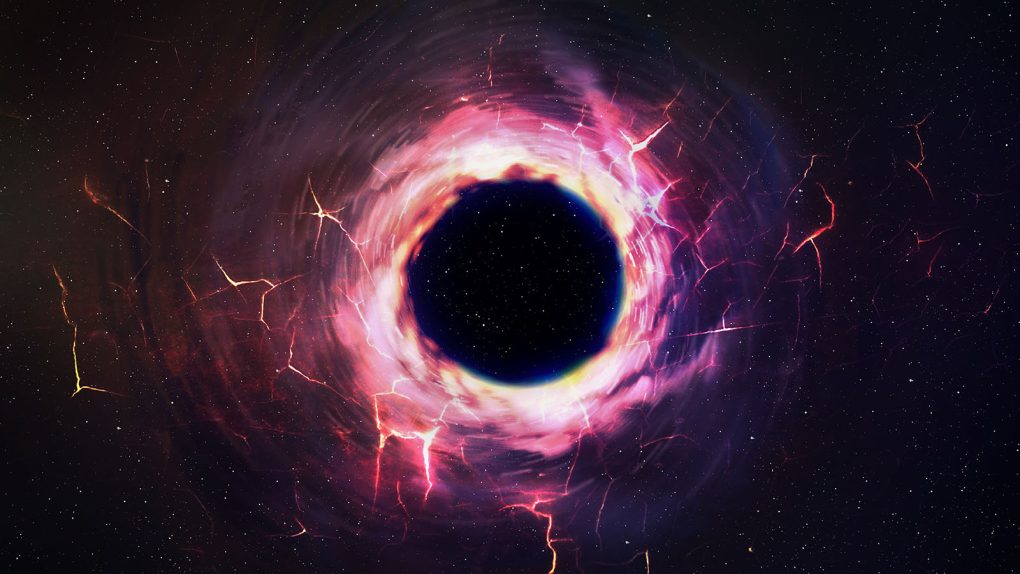Astronomers discovered a middle-weight black hole as it ripped a star to shreds. The discovery was made using the Young Supernova Experiment (YSE), and scientists say it was only made possible thanks to the Tidal Disruption Event that followed the black hole engulfing its target star.
Tidal Disruption Events, also known as TDEs, occur when a black hole engulfs a star, shredding its energy and matter so that it can digest it. These events are fairly common, as black holes shred their way through stars all around the universe. This particular TDE, though, was caused by a middle-weight black hole in a dwarf galaxy a million light-years away from Earth.
The TDE was visible because it blasted a bright flare of radiation and energy out. The blast was so powerful, it actually outshone every star within the dwarf galaxy, drawing astronomers’ attention to it. While this isn’t the first time we’ve seen a black hole eat a star, it does provide more insight into the relationship that middle-weight black holes have with their galaxies.

Further, this discovery could help scientists find more intermediate black holes in smaller, quieter dwarf galaxies around the universe. This would not only help in better understanding the black holes themselves but also how these galaxies interact with a middle-weight black hole.
The initial sighting of the TDE flare, which was designated as AT 2020neh, could also provide insight into how we measure these medium-weight black holes in the future. This opportunity, astronomers say, was remarkable and rare. Hopefully, with the data we’ve gathered here, we can capture more of these intermediate black holes devouring stars.
Perhaps that could even give us more insight into how supermassive black holes grow to be as large as they are, and even whether or not the part they play in the center of their galaxies is different than the part that medium-weight black holes play.
Related coverage: Scientists simulated a black hole on Earth and it started to glow.








